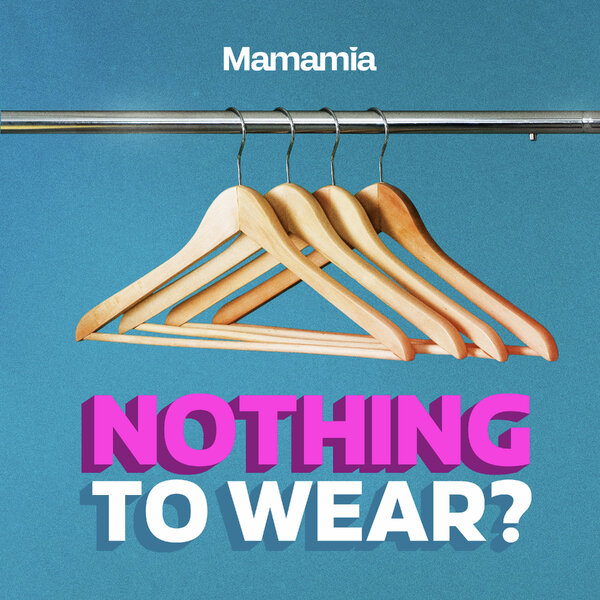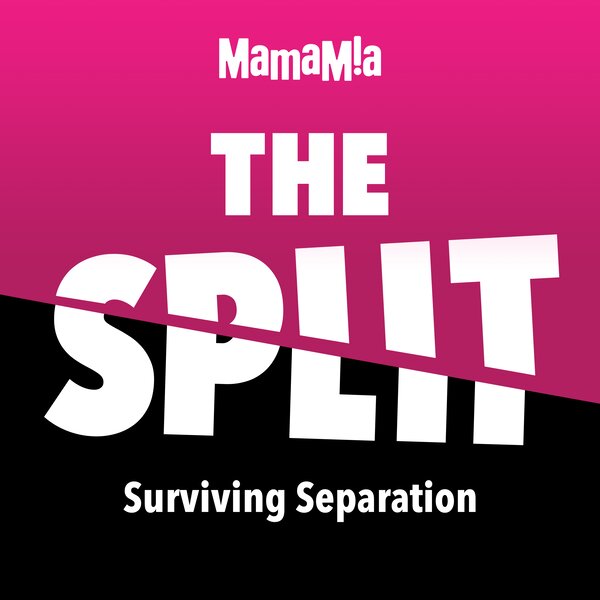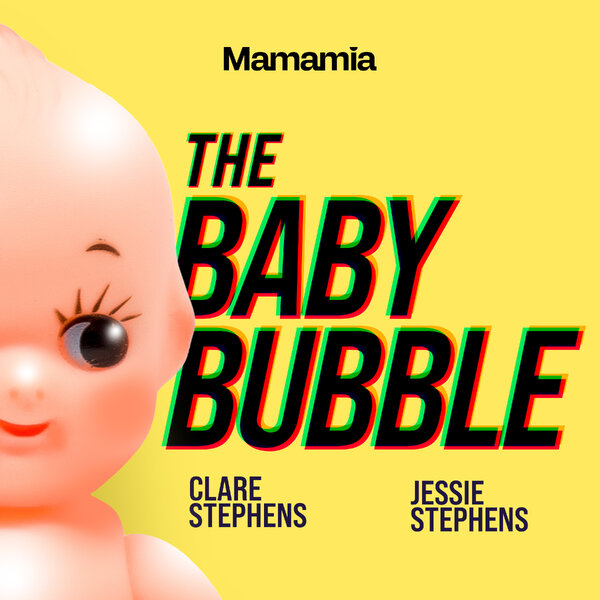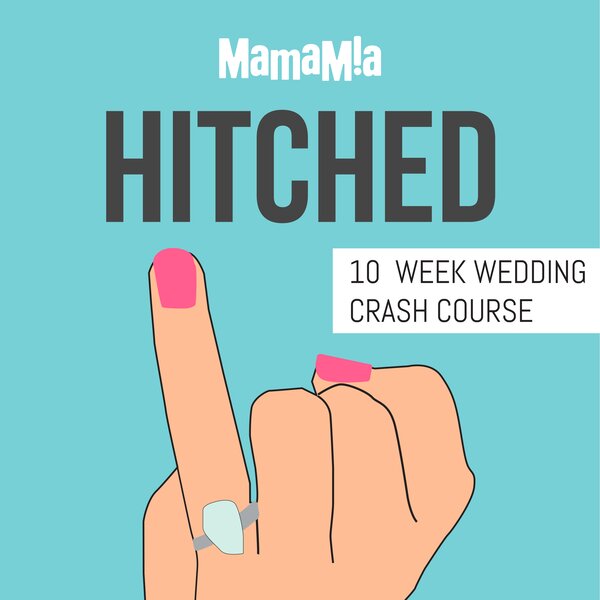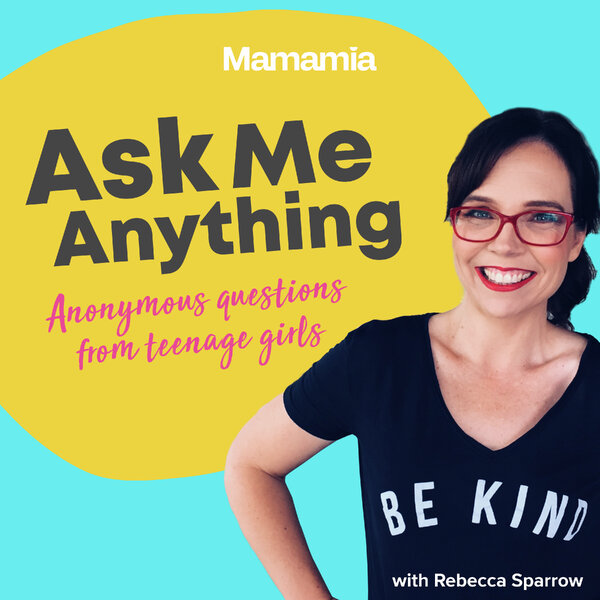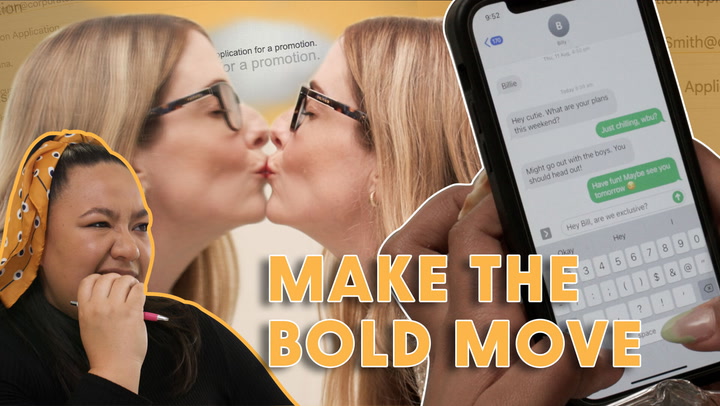
If you've ever stood in front of your wardrobe thinking, "I have nothing to wear" while staring at a rail of clothes, let me tell you: you are not indecisive. You may just have bad foundations.
And before you go down the 'I'm hopeless with clothes, I don't know what suits me, I should stop buying the wrong things', let me assure you it's not about lack of willpower.
It's about structure.
The good news? Once your foundations are solid, things get easier. Decisions take seconds, your outfits feel consistent, and you finally feel put together without trying harder.
Watch: Do you still carry around a handbag? Post continues after video.
Build with anchors and accents.
Think of your wardrobe like a house. If the foundations are shaky, it doesn't matter how pretty the wallpaper is — the whole thing will wobble.
I explain it to clients using a concept I call Anchors and Accents:
- Anchors are your reliable pieces. They're versatile, they do the heavy lifting, and they form the backbone of your wardrobe.
- Accents are the pieces that add life and individuality to an outfit.
The trick is balance. Too many anchors and your style feels flat. Too many accents and nothing seems to work together.
For easy, everyday outfits, I've found a sweet spot that is around 70% anchors, 30% accents.
 It's all about finding the right balance. Image: Supplied.
It's all about finding the right balance. Image: Supplied.
The secret sauce: fit, fabric and proportion.
Now, wardrobe foundations aren't just about ticking boxes like "own jeans, own a white tee, own a blazer." They're about how those pieces fit, feel and function as well.
A tee with the right fabric weight and structure looks polished instead of flimsy. Denim in a cut and wash that works for your body feels intentional, not random. And proportion is everything — from a rise that elongates your legs to a neckline that balances your shape.
Foundations should also reflect your personal style. For some, the go-to outerwear is a blazer. For others, it's a trench, a bomber, or a chunky cardigan. The point is, your anchors should work for you.
That's the secret sauce behind women who look polished in "just jeans and a tee." It's fabric, fit, and proportion doing the quiet work in the background.
How to apply it:
Identify your anchors: jeans, tees, outerwear, shirts, shoes. Audit whether they fit well, wash well, and actually reflect your style.
Layer in your accents: bags, jewellery, colour, prints, texture. Accents don't always have to be bold, they can also be subtle details like an interesting neckline, or fun hardware on an accessory. For me, adding interest through my shoes is a favourite.
Build outfits with the formula: start with the piece you most feel like wearing that day. If it's an anchor, add accents. If it's an accent, ground it with anchors. Balancing both makes for effortless outfits. I remember wanting to wear my black faux fur (accent) for a casual Saturday, so I paired it back with anchors (jeans and sneakers).
 Choose the right fit and fabric for your style. Image: Supplied.
Choose the right fit and fabric for your style. Image: Supplied.
The wardrobe reset test:
Ask yourself:
- Do my basics hold up in fabric and fit, or do they look worn out and flimsy?
- Do I own anchors that reflect my personal style (e.g., a trench vs a blazer vs a cardigan)?
- Can I confidently add one accent to my anchors and feel "put together" without overthinking?
When you pay attention to those details, your style feels intentional and effortless. And that's when getting dressed becomes fun again – and works for the woman you are right now.
Happy building!
Want more fashion and styling tips from Tina? Read these next:
Feature image: Supplied.
